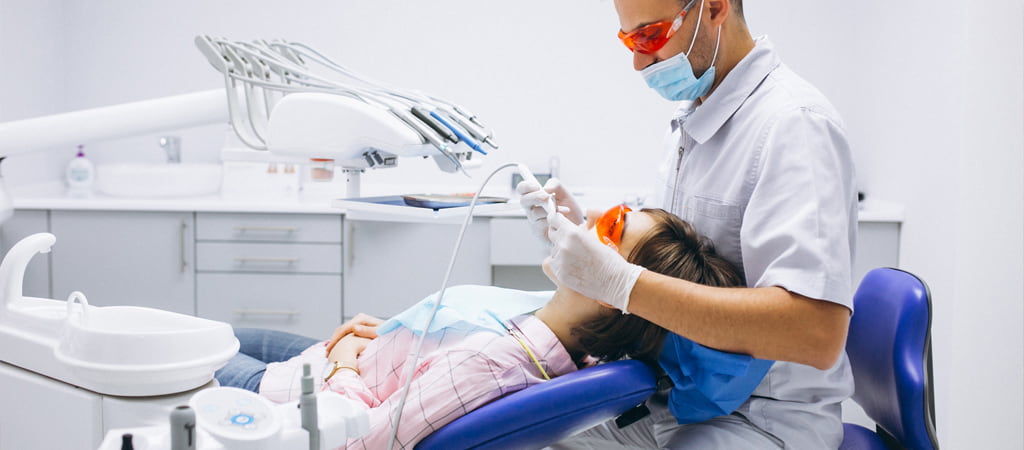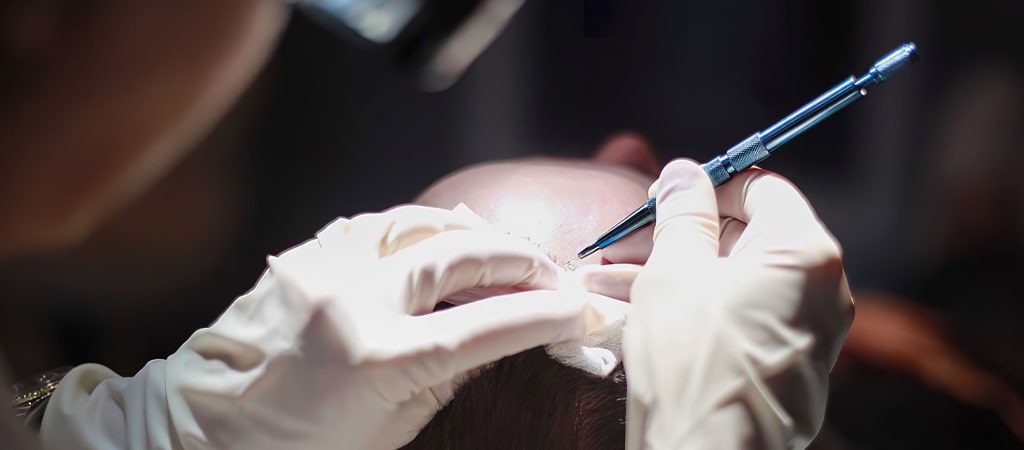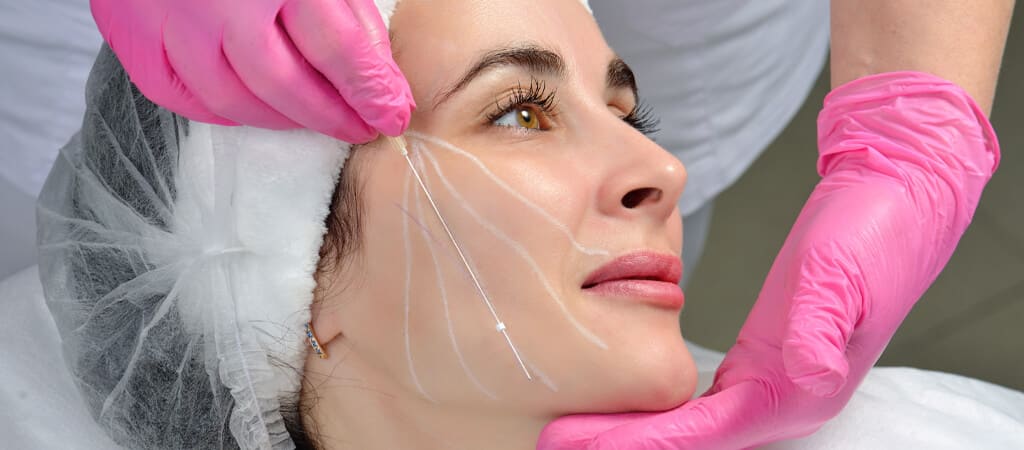What is an Orthodontic Treatment?

An Orthodontic treatment is a procedure to protect oral and dental health, and to ensure the correct alignment of the teeth. As well as enhancing the aesthetic look, the usability of the teeth is also increased. The treatment also treats and prevents disorders in the face, jaw and teeth, and can be performed on patients at any age.

Who Is An Orthodontic Treatment Suitable For?
A chosen method for the correction of disorders in the mouth and teeth structure, and Orthodontic treatment is also a procedure that can treat the following:
- Crooked teeth
- Spacing between teeth
- Problems with opening and closing the jaw
- Sleep apnea
- Misalignment of teeth
- Sleeping with the mouth open
- Deformity of the inner or outer part of the jaw
- Difficulties with chewing
- Difficulties eating and speaking by bringing the jawbone into the correct position
- Speech disorder due to jaw structure
- Gingivitis
There are no specific issues that may prevent a patient undergoing this treatment. The doctor will determine whether the person is suitable for the treatment.
How Is An Orthodontic Treatment Performed?
As in most fields, the development of technology has made a huge impact in dentistry. As a result, different techniques have been developed in orthodontic treatments. Along with reducing the treatment times, the equipment used and applications have modernized.
Some of the orthodontic treatment types can be listed as follows:
Braces
Made of wire materials, braces are a form of treatment method of bonding brackets to the surface of the teeth. A wire is passed between the brackets, where it starts to apply force to the teeth. Brackets can be transparent or colored according to the person’s preference.
Headgear
Wires are attached to the front part of the head and support for the wires is given by a band at the back of the head. The aim of this treatment is to slow down the development of the upper jaw and maintain the position of the teeth at the back, and also to bring the front teeth into the correct position by pressing them.
Transparent Aligners
This treatment does not use metal or braces, and is an alternative teeth straightening treatment. A transparent aligner is used to correct crookedness and crowded teeth. The aligner also has an aesthetic appearance and can be easily put on and off.
Palatel Expander
This orthodontic treatment is applied to patients with upper jaw stenosis, which allows the jaw to expand. Made of plastic, the expander is placed on the palate to prevent any further issues and surgery of the jaw. If not treated, orthodontic problems can require surgery. Therefore before issues progress, orthodontic treatment must be actioned where required.
Removable Retainer
Removable retainers for cleaning and food consumption aim to maintain correct teeth alignment.
Bonded Retainer
A fixed retainer is for prematurely lost baby teeth that are replaced until permanent teeth develop. This prevents other teeth from slipping into the gap of the lost baby tooth.
Recovery Process After Treatment
The duration of an orthodontic treatment is approximately 1.5 to 2 years. This period varies according to the condition of the patient and the treatment applied. The healing process of an orthodontic treatment also differs according to the patient’s age, the type of treatment and response to the treatment. The patient should follow all the instructions given by the physician. Oral and dental health should not be neglected for the success of the treatment and close attention should be paid to the food consumed during the treatment.
Benefits Of An Orthodontic Treatment
An orthodontic treatment has many benefits. After successful completion of the treatment, the following benefits can be seen;
- Prevents the formation of cavities and tartar.
- Corrects the crooked look
- Due to the structural disorder in the jaw bone, problems including crookedness, curved, and the inability to close the mouth are corrected.
- Difficulty in speaking due to jaw structure is corrected
- Tooth loss is treated with solutions such as implants and prostheses
- Achieve a healthy and white end result with a smile design.
- Chewing difficulties due to jaw and tooth structure are treated
- Sleep apnea is treated and breathing becomes more comfortable
- Repair of the internal part of the mouth helps to easily close the teeth fully.
- Correct teeth alignment is ensured with solutions such as braces and retainers. Accordingly, digestive issues are improved as digestion is supported with better food chewing.
For long lasting results after the treatment, a healthier mouth and tooth structure, patients should follow the recommendations of the physician after the treatment and pay high importance to oral hygiene.
Orthodontic Treatment FAQs
Is there an age limit for orthodontic treatment?
Is there an age limit for orthodontic treatment?
There is no age limit for orthodontic treatment. If the bones around the teeth are healthy, treatment can be applied. Suitability for the procedure is decided by the physician.
Do braces affect speech?
Do braces affect speech?
No. Braces do not affect speech. However, some braces (nance) are located in the movement area of the tongue and may affect speech for a short period of time after its applied, however the tongue adapts and in a short time the problem disappears.
Is it possible to have dental treatment during pregnancy?
Is it possible to have dental treatment during pregnancy?
No. Dental treatment is not performed during pregnancy and breastfeeding. Treatment is recommended before pregnancy.
Are orthodontic treatments costly?
Are orthodontic treatments costly?
Orthodontic treatment prices are determined according to the treatment type. However, considering that it is a long-term treatment and the solutions it provides, it is not an expensive treatment.
Is every tooth that hurts extracted?
Is every tooth that hurts extracted?
This is decided by determining the cause of the pain after the physician's analysis. If the cause of the pain is decay, treatments such as fillings and root canal treatments are preferred to save the tooth.





